The road to net zero – the emissions targets of the world’s drinks giants
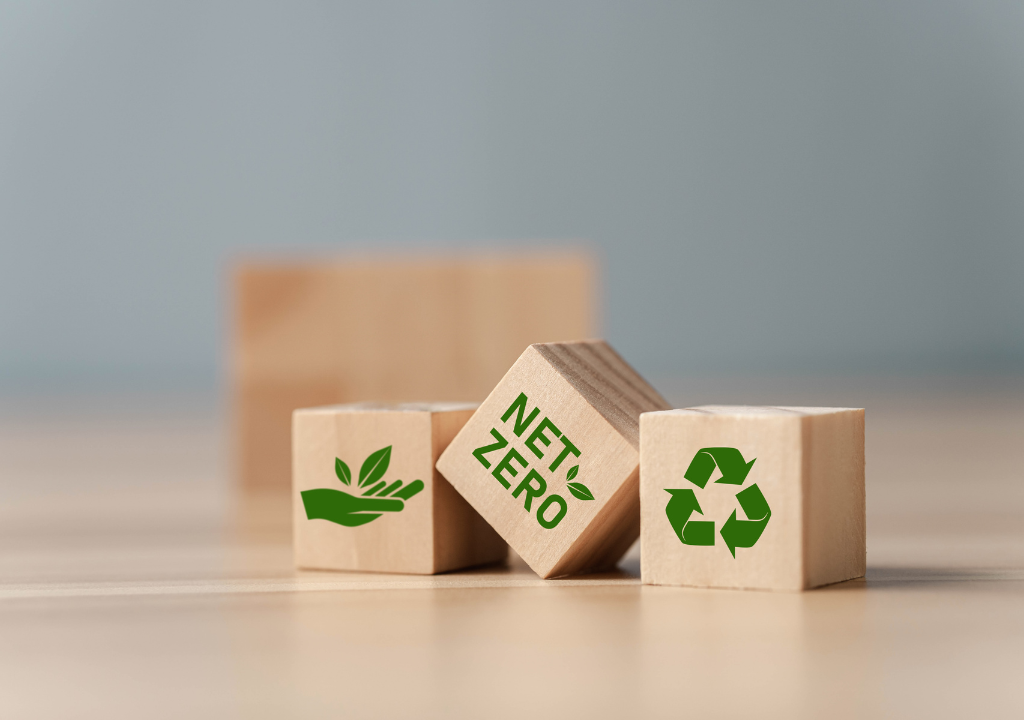
Summary
In the face of mounting global climate concerns, the beverage industry is under increasing pressure to decarbonize. Industry giants, from soda makers to sports drink brands, are responding by setting ambitious net zero emissions targets that align with international climate agreements. This article takes a closer look at the current state of ư, with a focus on updated goals, scope definitions, and the role of science-based validation.
Climate Commitments and the 1.5°C Challenge
According to the United Nations, global temperature increases must be limited to 1.5°C above pre-industrial levels to avoid the most catastrophic consequences of climate change. To stay on course, greenhouse gas (GHG) emissions must be cut by 45% by 2030 and reach net zero by 2050.
This scientific imperative has become a driving force behind the net zero emissions commitments made by many of the world’s largest beverage manufacturers. These commitments often use the Greenhouse Gas Protocol’s framework, which organizes emissions into three categories:
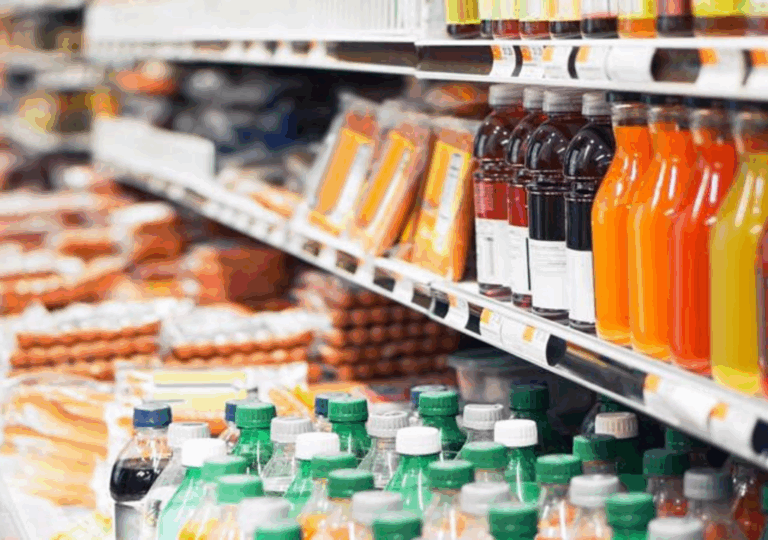
Scope 1: Direct emissions from owned or controlled operations
Scope 2: Indirect emissions from purchased energy (e.g., electricity, heating)
Scope 3: All other indirect emissions along the value chain, such as those from agriculture, packaging, and distribution — typically the largest share for beverage companies
To ensure accountability, many firms are turning to the Science-Based Targets initiative (SBTi), which helps businesses align their emissions reductions with climate science and the goals of the Paris Agreement.
PepsiCo’s Revised Net Zero Strategy
Among beverage multinationals, PepsiCo stands out for its evolving approach to net zero emissions. Initially, the company aimed to cut absolute GHG emissions by over 40% by 2030 (from a 2015 baseline) and reach net zero by 2040. However, as of May 2025, PepsiCo revised its target to net zero by 2050 or sooner — aligning its timeline with broader industry trends.
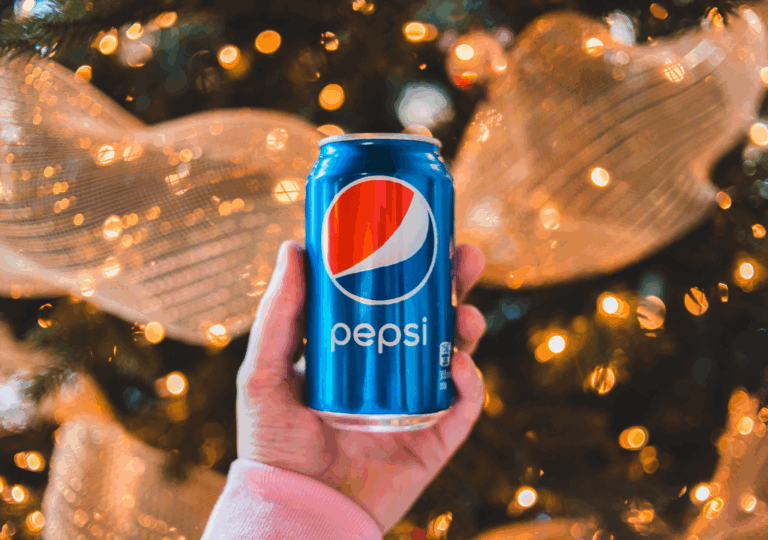
PepsiCo’s updated goals are now tied to a 2022 baseline, marking a shift from the original 2015 framework. The company has recalibrated its objectives across all emission scopes:
Scope 1 & 2: Aims to reduce emissions by 50% by 2030 compared to 2022. This is less aggressive than the earlier 75% cut from 2015 levels, but reflects new sectoral guidance from SBTi.
Scope 3: Divided into two SBTi categories — Energy & Industry (E&I) and Forests, Land and Agriculture (FLAG):
E&I: Targeting a 42% reduction by 2030 versus 2022, slightly higher than the former 40% cut against 2015.
FLAG: Aiming for a 30% decrease by 2030, again based on 2022 data, compared to a previous 40% goal set to the 2015 baseline.
PepsiCo acknowledged the need to “hone its focus” and invest in areas with the greatest potential impact — a recognition that broad, uncoordinated efforts may dilute effectiveness.
Carlsberg’s Net Zero Strategy
Carlsberg, the Danish brewer behind brands such as Tuborg and 1664, is targeting net zero across its entire value chain by 2040, with interim goals to cut value chain emissions per hectolitre by 30% by 2030, using a 2015 baseline.
In its 2024 ESG update, Carlsberg reported a 2% drop in absolute emissions year-on-year and a 3% decrease in relative Scope 3 emissions. Emissions per hectolitre have fallen 60% compared to 2015.
Due to its acquisition of Britvic, the company is reassessing baselines and has resubmitted its Scope 3 targets to SBTi.

Key sustainability goals:
Packaging:
100% recyclable, reusable, or renewable by 2030
90% collection and recycling rate
50% recycled content in bottles and cans
Virgin plastic cut by 21% in 2024, compared to 2023
Agriculture:
- 30% of raw materials from regenerative sources by 2030, 100% by 2040
Regenerative pilots ongoing in France, UK, and Finland; Denmark to follow in 2025
Water:
Water use efficiency: 2.0 hl/hl globally; 1.7 hl/hl in high-risk areas
100% water replenishment in high-risk sites by 2030
In 2024, 16% of water replenished in breweries across Asia
The Coca-Cola Company’s Environmental Strategy
In November 2024, The Coca-Cola Company revised its sustainability goals for emissions, packaging, and water, pushing key targets from 2030 to 2035 to allow for greater focus and resource alignment.

Key emissions targets:
Scope 1, 2 & 3:
- Now aligned to a 1.5°C trajectory by 2035, using a 2019 baseline (updated from a prior 25% reduction by 2030 from 2015 levels)
- Change reflects improved data and a move away from percentage-based targets to focus on impact-driven action
Priority actions include:
Investing in energy-efficient equipment
Expanding renewable electricity usage in operations
Using more recycled materials in packaging
Partnering with suppliers to cut emissions
Coca-Cola stated the adjustments are intended to focus on areas where the company can create the most meaningful environmental impact, especially in high-risk locations.
Asahi Group Holdings’ Environmental Strategy
Japan’s Asahi Group aims to achieve net-zero emissions across Scopes 1, 2, and 3 by 2040, defined as a minimum 90% emissions reduction with up to 10% carbon removals (baseline: 2019).
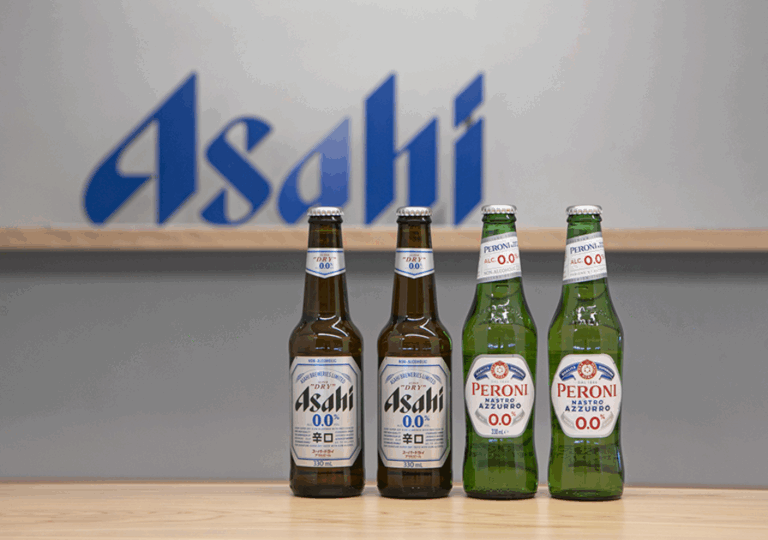
Key emissions targets:
By 2025:
- 40% cut in Scope 1 & 2 emissions
By 2030:
- 70% cut in Scope 1 & 2
- Scope 3 reduction goal (unspecified %)
Progress as of 2023:
32% reduction in Scope 1 & 2 (vs. 2019)
12% reduction in Scope 3
Total group emissions: 8,623 kt-CO2 (93% Scope 3)
Packaging goals:
By 2025: 100% of plastic container materials to be reusable, recyclable, compostable, or thermally recyclable (99% achieved by end of 2023)
By 2030: 100% of PET bottles to use recycled or bio-based materials (25% achieved by end of 2023)
Anheuser-Busch InBev
The world’s largest brewer, AB InBev, has set a long-term net-zero ambition across its entire value chain by 2040, established in 2021.
Key emissions targets:
By 2025:
- 25% absolute carbon reduction (baseline: 2017)
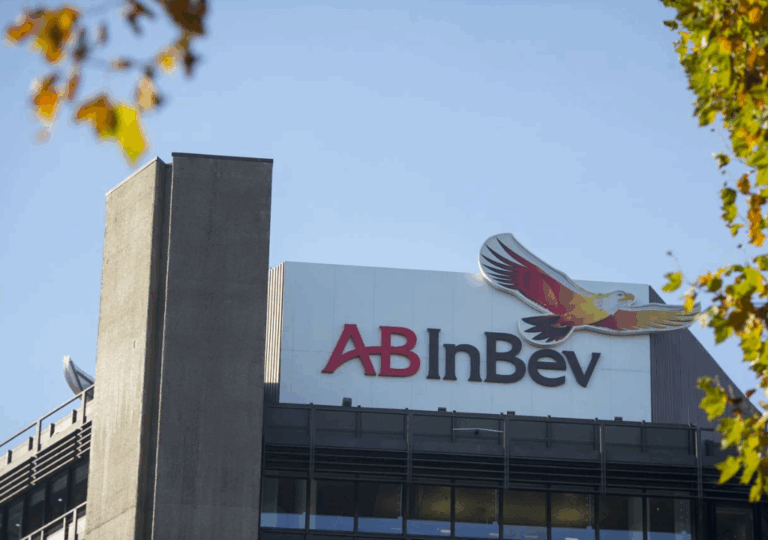
Progress as of 2022:
39.2% cut in Scope 1 & 2 emissions
20.7% cut in emissions per hectolitre across Scopes 1–3
Scope 3 accounted for 86.7% of emissions, with:
42% from packaging (48.2% cans, 31.4% one-way glass)
14.8% from agriculture (barley: 45.7%, rice: 39.6%)
Packaging goals:
By 2025: 100% of packaging to be returnable or majority recycled (77% achieved in 2022)
Initiatives:
Low-carbon cans (e.g. Corona in Canada)
Lightweighting and recycled ingot aluminium
Supplier engagement to boost recycled can sheet availability
Other initiatives:
Upgrading refrigeration with energy-efficient cooling
Expanding renewable energy use in retail
Supporting regenerative agriculture in Mexico and Argentina
Diageo
The world’s leading spirits producer, Diageo, has set 2030 targets focused on carbon neutrality and sustainable packaging.
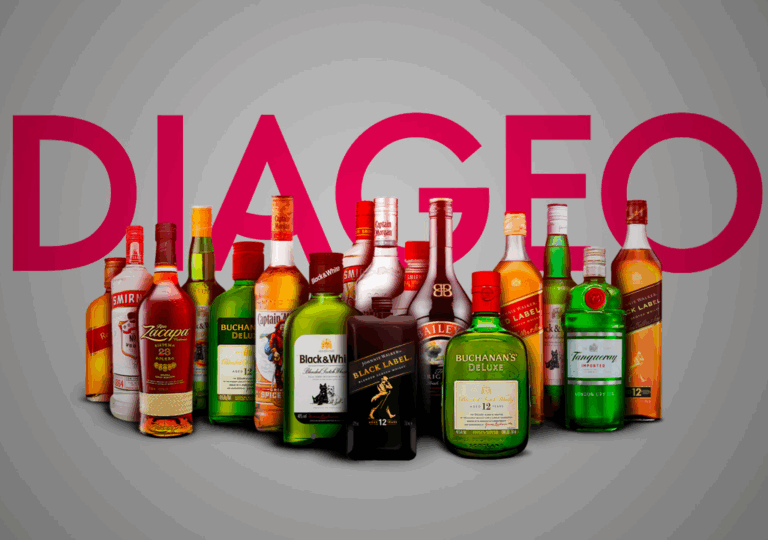
Key emissions targets (by 2030):
Net zero in direct operations (Scopes 1 & 2)
50% reduction in Scope 3 emissions
100% renewable electricity in direct operations
Progress in FY2023:
Scope 1 & 2: 5.4% reduction
Scope 3: 1.2% reduction, but still 20.7% above 2020 baseline
Total emissions: 401,000 tCO2e (down from 424,000 tCO2e in FY2022)
Key drivers: biomass in East Africa, biofuel, and RE use
Packaging goals:
10% weight reduction
60% recycled content target
Achieved: 39% in FY2023 (↓1.2% YoY)
Challenges: cullet shortage in UK & North America
Solutions: lightweighting, carton removal, lower-carbon materials
Other initiatives:
Founding member of REfresh Alliance (2024) to boost RE in supply chains
Regenerative agriculture pilots in Ireland, Scotland, and Mexico
Capital investments supporting low-carbon transition increased Scope 3 emissions
Heineken
Under its Brew a Better World 2030 roadmap, Heineken targets net zero across its full value chain by 2040, with emissions goals verified by the SBTi, including Scope 3 under the FLAG (Forest, Land and Agriculture) framework.

Key emissions targets:
2040: Net zero across full value chain
2030:
30% reduction in Scope 3 (agriculture/FLAG)
25% reduction in other Scope 3 emissions
Up to 10% of remaining emissions to be offset via “high-integrity” removals
Progress in 2023:
Scope 1 & 2: ↓34% vs. 2018 baseline (↓19% YoY)
Scope 3: ↓20% vs. 2018
Total Scope 3: 14.1 Mt CO₂e (↓12% YoY)
Total emissions: 15.3 Mt CO₂e
77% of electricity in direct operations from renewable sources (↑from 58% in 2022)
Packaging goals (2023):
50% recycled content in bottles/cans
43% volumes sold in reusable formats
99% packaging to be recyclable by design
Main barriers: caps & secondary packaging film
Actions: design updates + market-level recycling infrastructure improvements
Agriculture & supply chain initiatives:
Low-carbon farming pilots: nearly 300 in 2023 across 5 countries
Target: 500 pilots by 2025 across more regions and crops
Supplier engagement:
13 suppliers (covering 63% of agri emissions) committed to SBTi
5 already have validated targets
Support for supplier RE transition and improved carbon sequestration
Source: Just Drink
